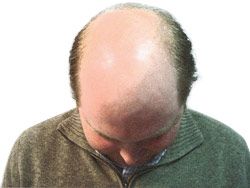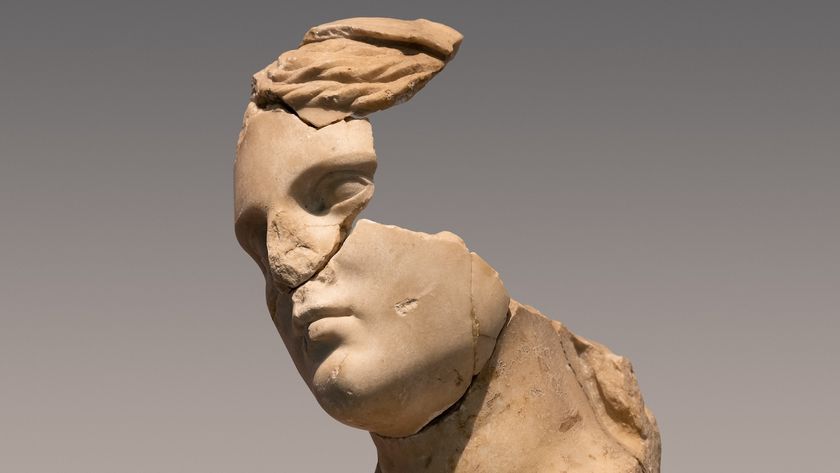How to Slow Hair Loss

Q. I’ve been losing some hair, which is no surprise for an old lady, but I was wondering if there’s anything I can do to hold onto what I have.
Alopecia is the medical term for hair loss. Androgenetic Alopecia, or pattern baldness, is the most common type of alopecia; it affects about one-third of us. I’m in that third with you.
Men start to get pattern baldness at the hairline and crown. This can lead to complete baldness. Women’s hair loss is usually limited to thinning; they rarely go totally bald.
There are a few steps you can take to preserve your hair:
1.) Avoid tight hairstyles that pull on the hair. So, forget braids, ponytails, cornrows and tight hair rollers. The pulling causes some hair loss, especially along the sides of the scalp. This type of hair loss is called traction alopecia. If the pulling scars the scalp, it can cause permanent hair loss.
2.) Brushing or combing too much can break hair, so keep them to a minimum. Use combs with wide teeth and brushes with smooth tips. Wet hair is more fragile than dry hair, so show care when you do your hair after a shower.
3. Shampooing too often is bad for your hair. Use a cream rinse or conditioner after shampooing to make it easier to comb. And don’t dry your hair by rubbing it with a towel.
Sign up for the Live Science daily newsletter now
Get the world’s most fascinating discoveries delivered straight to your inbox.
4. Don’t use hot-oil hair treatments or chemicals in permanents. These may cause inflammation of the hair follicles, which can lead to hair loss.
There are about 100,000 hairs in the average scalp. About 100 hairs are lost from your head every day. Each individual hair survives for an average of 4 1/2 years and grows about a half inch a month. In its 5th year, the hair usually falls out and is replaced within 6 months by a new one.
We lose hair as we age. Pattern baldness affects many more men than women. About 25 percent of men begin to bald by the time they are 30 years old, and about two-thirds have at least a balding pattern by age 60.
Androgenetic alopecia is caused by heredity; a history of it on either side of your family increases your risk of balding.
Medicines may help slow or prevent the development of common baldness. Rogaine is available without a prescription. It is applied to the scalp. Both men and women can use it. Propecia is available with a prescription. It comes in pills and is only for men. It may take up to six months before you can tell if one of these medicines is working.
Hair transplants and scalp reduction surgery are available to treat androgenetic alopecia when more conservative measures have failed. During transplantation a dermatologist or cosmetic surgeon takes tiny plugs of skin, each containing one to several hairs, from the back or side of your scalp. The plugs are then implanted into the bald sections. Scalp reduction, as the name implies, means decreasing the area of bald skin on your head.
The Healthy Geezer column publishes each Monday on LiveScience.











